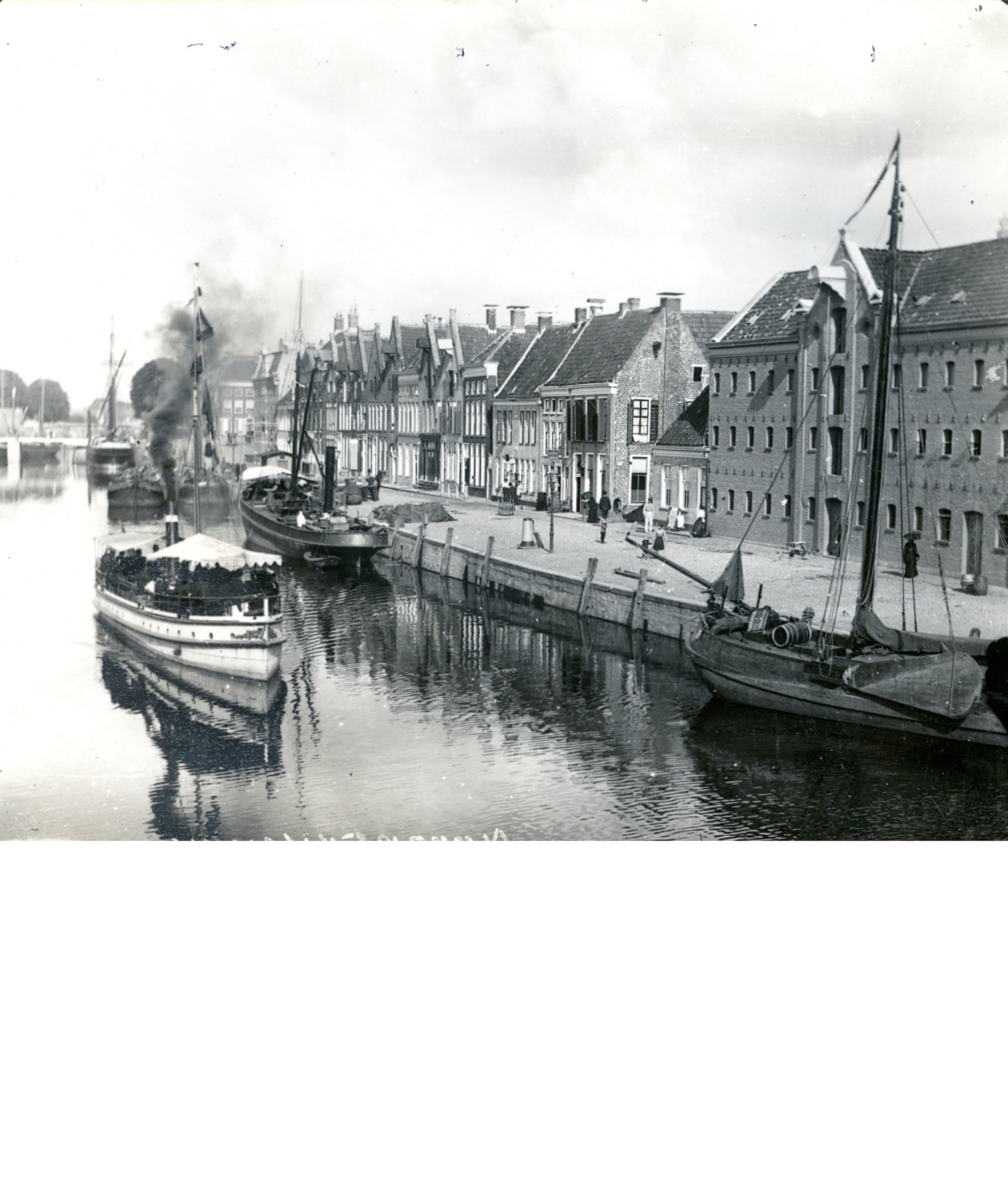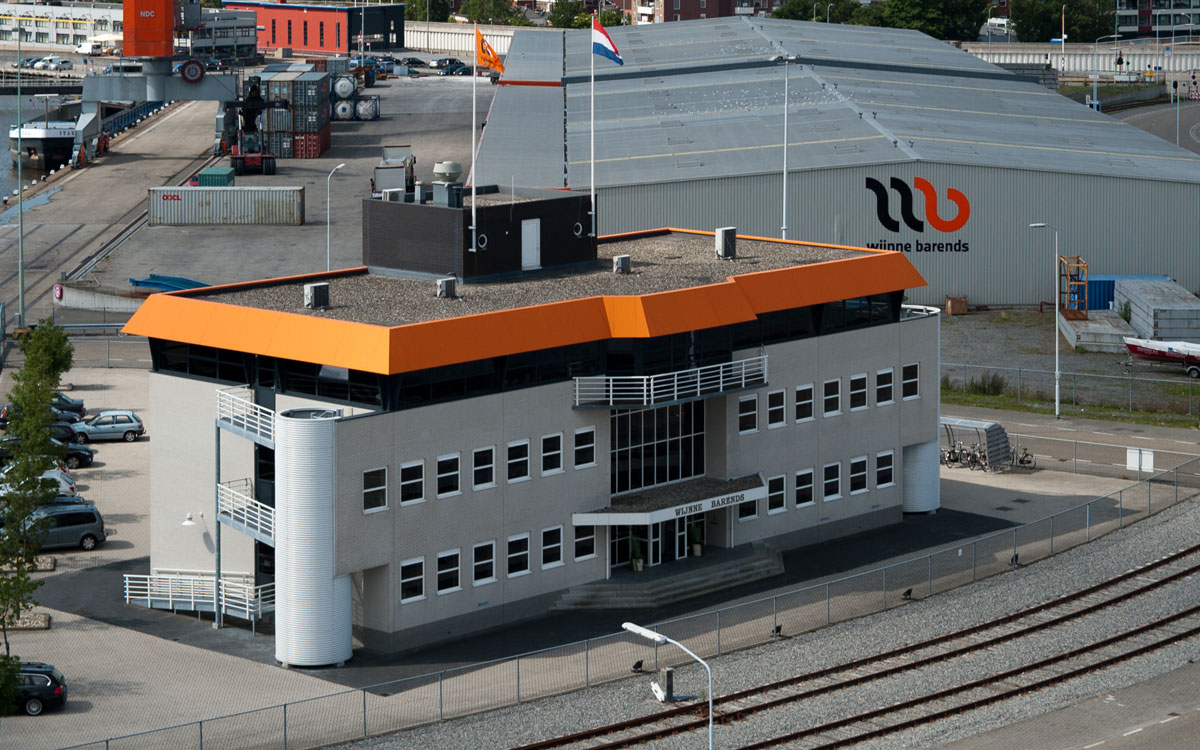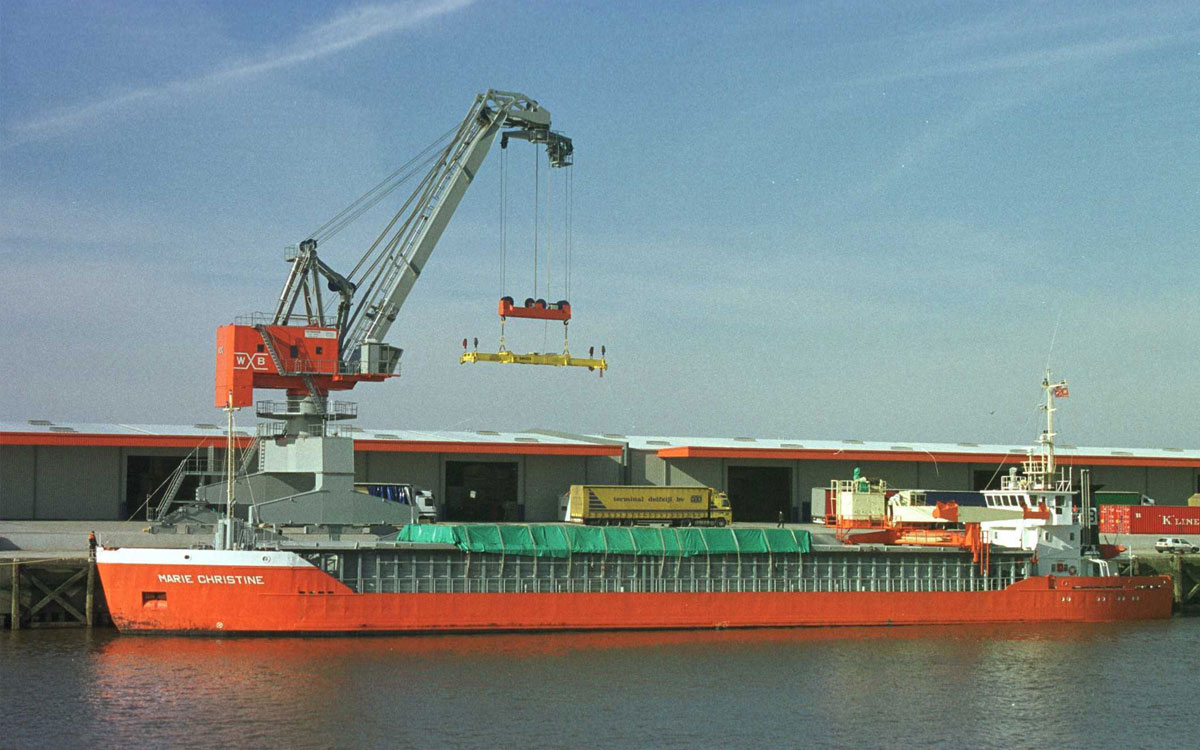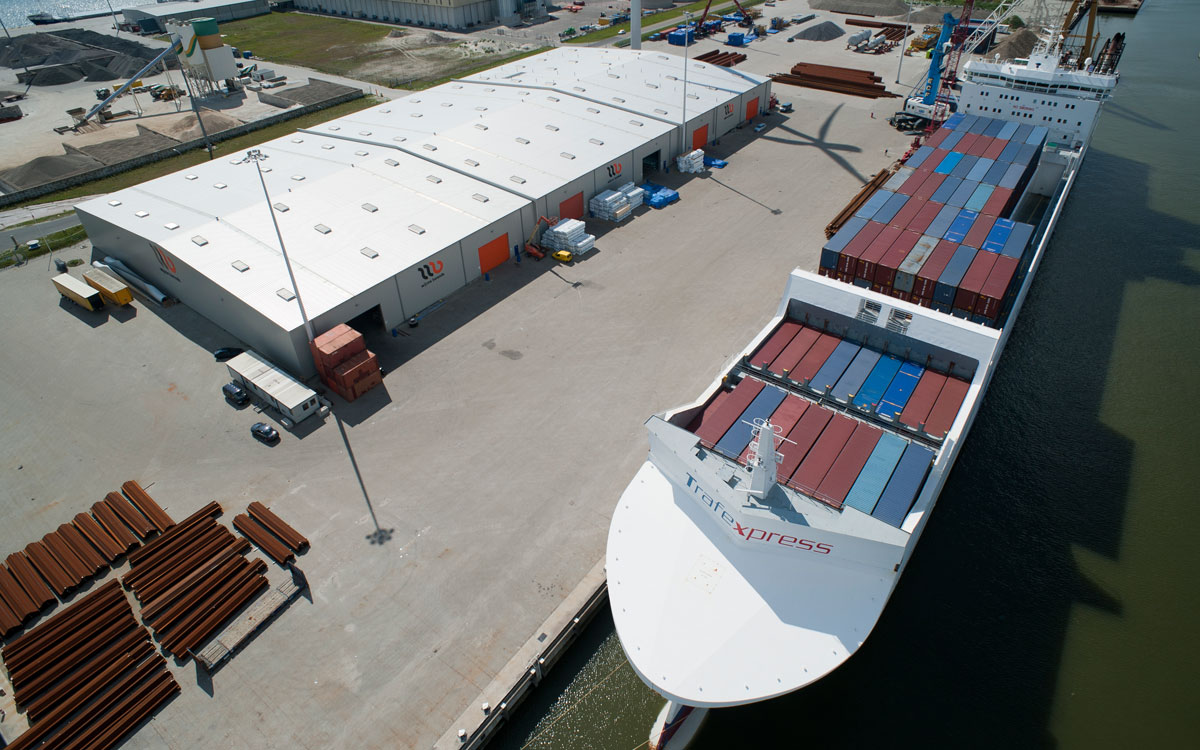History of Wijnne Barends
Not a bad idea if one lived in the northern parts of the Netherlands for in those days as shipping had just become booming business due to the Crimean war. Small neutral Dutch vessels could make a big profit sailing via sea or inland waterways.
Services
The company provided services like shipbroking and chartering for both ocean and inland shipping together with technical support, insurance, forwarding and agency. The starting entrepreneurs participated in several coastal ships like schooner, koff, brigantine, galleot and a steam-tug named “Time is Money”.
By the early 1860’s the shipping business had to endure the negative influence of the international trade crisis which started in 1857. The opening of the Eemskanaal from Groningen to Delfzijl in 1867 however gave new opportunities resulting in the establishment of a second office in Delfzijl.
Accident
Business was well underway again when on 2 June 1868 Johan Herman Wijnne sadly died in the first ever railway accident in the Netherlands. On the day he died his fifth and youngest child was just celebrating his first birthday. The family and company were deprived of a loved and respected pier.
In 1870 Barend Cornelis Barends could, by contract, change the name of the company. The fact that he declined to do so may to some extent tell us the respect he had for his lost partner.
The Delfzijl office soon became the company head-office where the Barends family lived upstairs in the same building. By 1879 all of the fleet had either been sold, stranded or sunk. Thus ending the participation in vessels for many years to come. The next time Wijnne Barends would participate in any vessel would be no sooner than 1952.
Samuel Barends
Samual Barends, son of Barend Cornelis, took over the Delfzijl office when he was just 21 years old. When his father died in 1891 he, at the age of 26, became director of the Groningen and Delfzijl office. Samual was a just man who was dedicated to the company and its people, under his firm guidance Wijnne Barends grew in size as well as in consequence.
In 1919 he changed the company name to Wijnne & Barends’ cargadoors- en agentuurkantoren and named his eldest son Barend Zacharias together with W.F. Oosterheert and G. Meijer director. The four men steered the business through the rough weather of the economical crises of the 1930’s. Samuels’ sudden demise in 1936 shook the company and family more than the world-wide crises ever could.
Barend Zacharias Barends
Barend Zacharias was left sole director in 1940; W.F Oosterheert stopped working in 1932 and G. Meijer died on the brink of the second world war. Barend Zacharias became the pillar on which the company had to stand during the war. A true son of his father, if more sociable, he withstood all worldly problems and kept the company going. Post war emigration resulted in the opening of a travel agency in Groningen.
It was Barend Zacharias who brought the company its second try for ownership in vessels. The first vessel, a 500 ton coaster, was built in 1952 and named “Marie-Christine” in memory of his late mother. This motor vessel was the tangible result of his life’s work for he suddenly died in 1953, leaving the family and company without its Captain.
New office
The board of commissioners (all family members) named Niels Barends, third son of Barend Zacharias, and J. Sanders as co-directors. J. Sanders was already working for the company since he was 17 years old in 1919. He led the Groningen office from 1932 onwards as chef. The company expanded and the Wijnne & Barends total fleet consisted of about 130 coastal vessels at its peak in 1955. To house all new staff members a new office was built in Delfzijl, again the Barends family took residence above the office.
Wijnne Barends wanted to stabilise its fleet so they invested in a total of 20 vessels during the 1960’s, these were sister vessel in several series to ensure maximum flexibility. In 1965 the orange coloured hull was introduced under the motto “safety at sea”.
Terminal Delfzijl
The ever-increasing size of coastal vessels led to the establishment of Terminal Delfzijl in 1970, the inland terminal provided interim storage facilities for timber packages from Scandinavia. The packages were forwarded either by truck (truck-owners under Terminal colours) or inland vessels; “door to door” service became a fact.
In the same year the second generation of the motor vessel “Marie Christine” was built, the first Wijnne & Barends vessel with a box shaped hold. Technical developments raced through the shipping world at breakneck speed. Niels Barends was keen on new technology and its development, he himself was a well known amateur photographer who used the latest equipment from 1950 to 1975 to document the growth of Delfzijl.
Shareholders
In 1972 Wijnne & Barends became a Private Limited Company with a register of shareholders, these were almost all descendants of the Barends family. The Groningen office was closed regarding the shipping activities, the travel agency remained. All shipping activities were concentrated in Delfzijl.
A year later saw the founding of Groundservice Groningen Airport. This subsidiary of Wijnne & Barends was primarily engaged in air travel and ground handling for charter flights and scheduled flight services at Eelde airport.
Marius Cornelis Nijhoff, cousin of Niels Barends, and Mr. Kuper became directors of the company after the early demise of Niels Barends in 1979. Marius Nijhoff would be the last descendant of the Barends family to become director. Investment in new vessels continued throughout the 1980’s despite bad economical weather world-wide. Wijnne Barends again based its survival on a stable but flexible fleet of multi-purpose vessels.
Head Office
After the retirement of Mr. Kuper and Marius Cornelis Nijhoff in 1990, the directors’ chair was occupied by the former head of the technical department, Mr. Toonen. In 1994 his successor was Mr. Makkinje, again the former head of the technical department. The 1990’s were dictated again by technical innovation in the shipping industry. Wijnne & Barends took the opportunity to invest in its fleet, again by building series of sister vessel to ensure flexibility. Groundservice Groningen Airport, being a non-shipping activity, was sold.
By the end of the decade the company grew too large to be housed in the existing office building. A new modern office in the harbour of Delfzijl greets every vessel entering via the Eems. Investments in Terminal Delfzijl resulted in large insulated storage facilities in the outer harbour of Delfzijl adjacent to the head office.
Safety and clarity
Much has changed in the shipping industry in recent years. In particular the national and international laws and regulations for the maritime sector has increased and will in not lessen in future.
ISO 9001 can be used to judge whether the organisation is able to meet the requirements of customers, the applicable laws and regulations of the product (shipping cargo) and the requirements of the organization itself.
ISO 9001 can be simplefied in:
• say what you do
• do what you say
• prove the above
The Wijnne Barends office is ISO 9001 certified since 2000.
International Safety Management System (ISM code)
The International Safety Management (ISM) Code is an international standard for the safe management and operation of ships at sea. This code was set after some serious shipping accidents in the late ‘ 80s. The most eye-catching and tragic accident was with the Herald of Free Enterprise, a British ferry which capsized off the Belgian coast because someone had forgotten to close the bow doors in the night of 6 March 1987. Research showed that these accidents are not only caused by human failure but also by failures made on on management level.
The ISM code was introduced to ensure safety on board even better, to prevent people from getting injured or die and to avoid damage to the environment. All vessel in management by Wijnne Barends are ISM certified since January 2000.
International Ship and Port Facility Security Code (ISPS code)
For years there have been various terrostische attacks in different parts of the world. However the most horrible of all attacks was the attack on the Twin Towers in New York on 11 September 2001.
Since it is one of the simplest ways to approuch international terretory via the international waters the ISPS code was implemented worldwide on 1 July 2004. The ISPS code ensures the resiliance of ships and port facilities against the increase in terrorist violence. All vessel in management by Wijnne Barends are ISPS certified since 2004.
Changes within the organisation
At the turn of the millennium Wijnne & Barends started a close co-operation with Spliethoff’s Bevrachtingkantoor B.V. (Spliethoff) in Amsterdam. Both company fleets were complimentary to each other. Where the Wijnne Barends fleet ended in size, the Spliethoff fleet started. In 2003 Spliethoff became main shareholder of Wijnne Barends.
A three-headed Executive Board consisting of a financial director, a technical director and a terminal director was installed after the retirement of Mr Makkinje.
Rebranding is in a broad sense the word is done in late summer of 2009, the launch of this new house style for all parts of the company takes place during DelfSail. To increase recogniseability for Wijnne Barends, all ships receive the prefix “Lady”. Terminal Delfzijl will from then on be known as Wijnne Barends Logistics.
Building
Meanwhile, Wijnne Barends sails forth as an independent company within the Spliethoff Group building on her own future and that of her affiliated fleet as well as on the future of Wijnne Barends Logistics. Queen Beatrix opens a new port basin named after herself in the Eemshaven in the early spring of 2008, at the same time Wijnne Barends Logistics celebrates the opening of its newest location on the south side of that same basin.
In the period 2009/2011 a series of eight ships are launched in Wenling (China), these were developed in good cooperation between Wijnne Barends and her affiliate owners, two of these vessel will form the bases for the future Lady H series.
The Martime Labour Convention (MLC convention) is in force since August 2013 is. This Convention aims to improve working conditions and conditions on board. Wijnne Barends is one of the first companies providing all its vessels in management with MLC certificates.
Development and future
Wijnne Barends continues to develop and a series of four Sea-River vessels are commissioned in 2012/2013, the start of the Lady A series is a fact. The series has sailing participants as Captains, a good stepping stone from seafarer to shipowner. The success of the series see it extended to a total of 12 ships in 2015/2016. Some of these vessels sail Open Top to meet the market requirements for project cargo.
Wijnne Barends obtains the AEO certificate for customs simplifications and security in 2014. Companies that are active internationally and comply with specific safety criteria may cross borders carrying goods without delays.
Replacement and expansion of the series 1 A ice class 1A vessels is needed to remain sailing on the White Sea and further newbuilding is developed. The Lady H series will be extended by at least four vessels from 2018 onwards.
Environmental laws and regulations will increase in the coming years. Recently is the Ballast Water Management Convention was ratified. This Convention aims to protect the maritime waters against harmful organisms.
A further extension of the fleet consisted of four Lady M type vessels delivered in 2022. These vessels have a deadweight capacity of 5,00 tons and a length of 115 metres, duo fueled and the first dry bulk cargo vessels in Short Sea Shipping Europe to operate on LNG.
Wijnne Barends will partake actively with everything the future will bring.
 Nederlands
Nederlands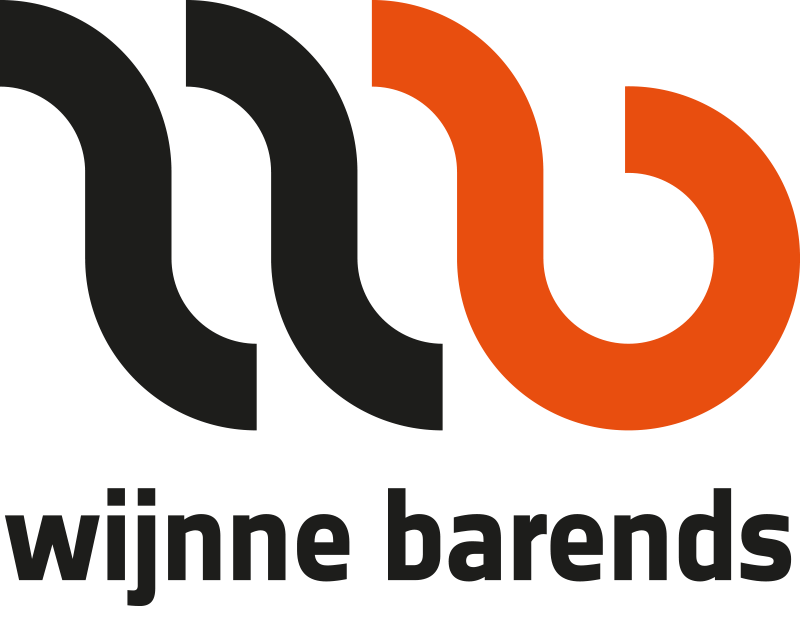
 Logistics
Logistics